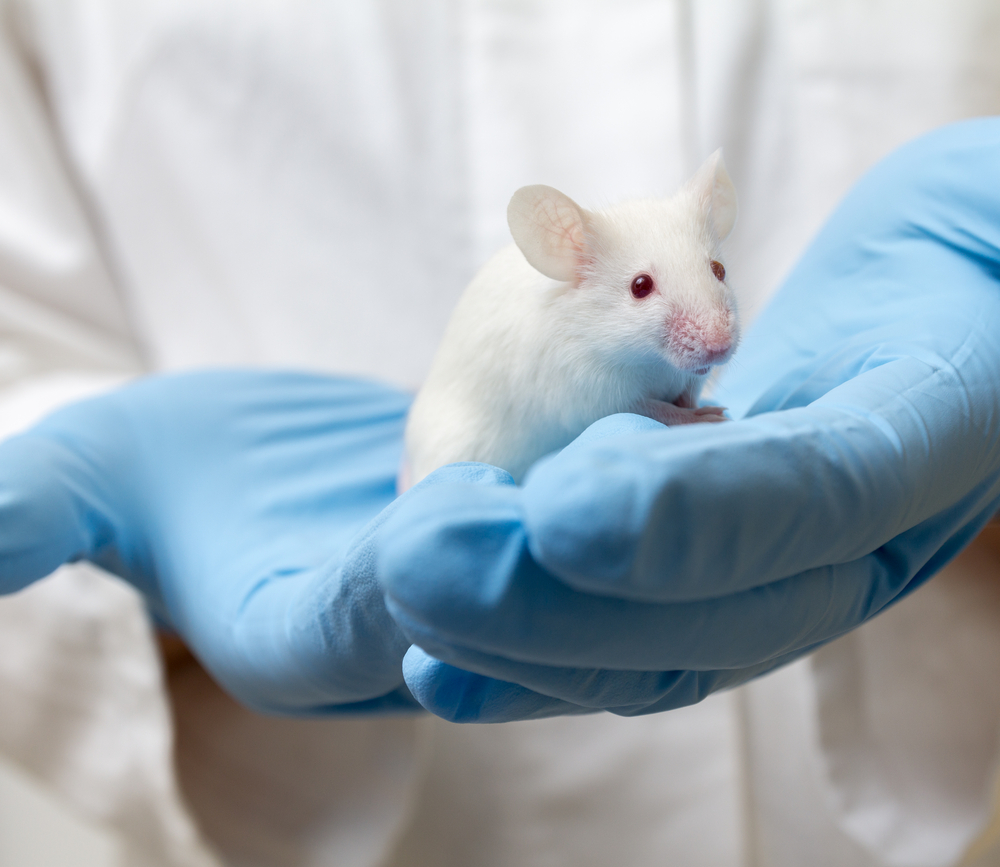Poorly working mitochondria — small energy-producing cell compartments — may drive muscle weakness or wasting in a new mouse model of porphyria, a study suggests.
“In some cases, muscle atrophy [is] present in porphyria; however, the underlying mechanism is still unknown,” its authors wrote. These findings may therefore provide new insights into the causes of the disease.

The study, “Muscle atrophy induced by overexpression of ALAS2 is related to muscle mitochondrial 0dysfunction,” was published in the journal Skeletal Muscle.
A a team of researchers in China used genetically modified, or transgenic, mice in which ALAS2 was produced (expressed) in amounts larger than normal.
ALAS2 — short for delta-aminolevulinate synthase 2 — is an enzyme involved in an early step of hemeHeme naturally occurs in the protein hemoglobin in an animal's blood or myoglobin in the muscle. production, which is disrupted in all forms of porphyria. Heme is a molecule that enables red blood cells to transport oxygen throughout the body.
Click here to read the full article.










